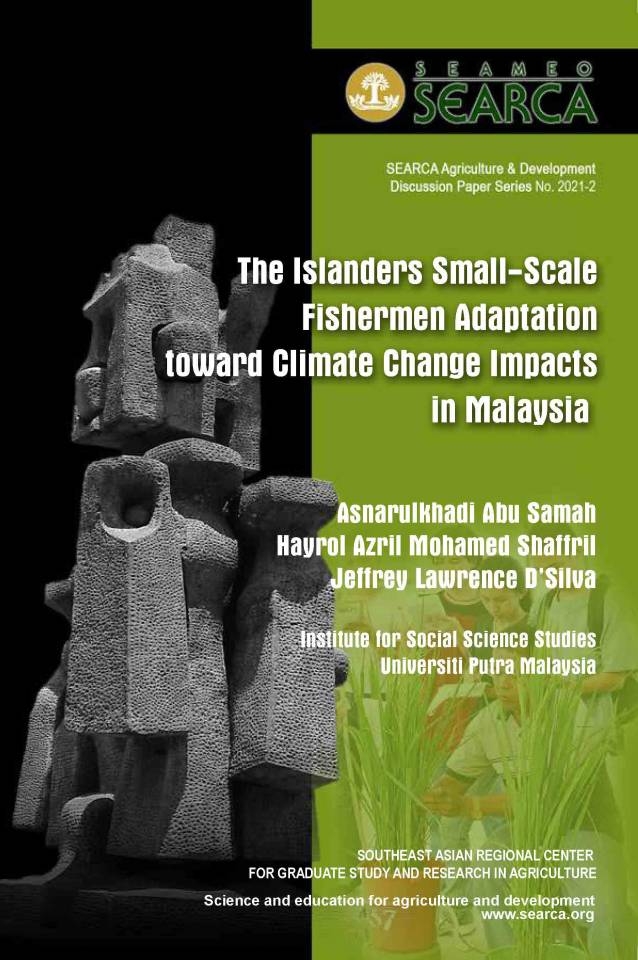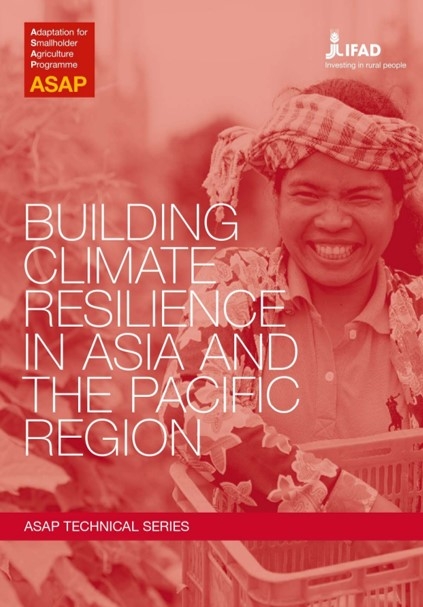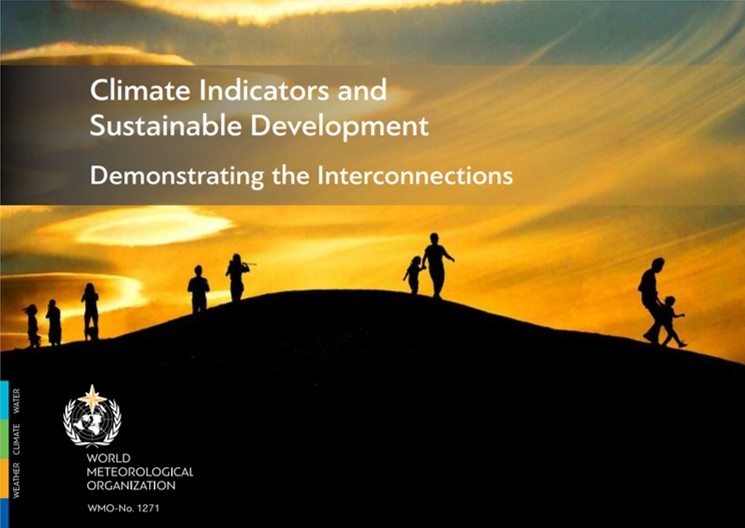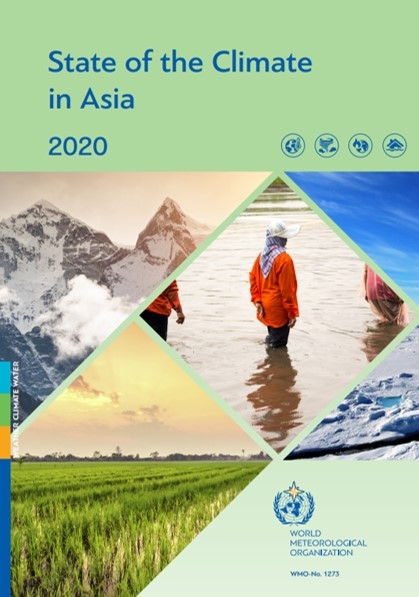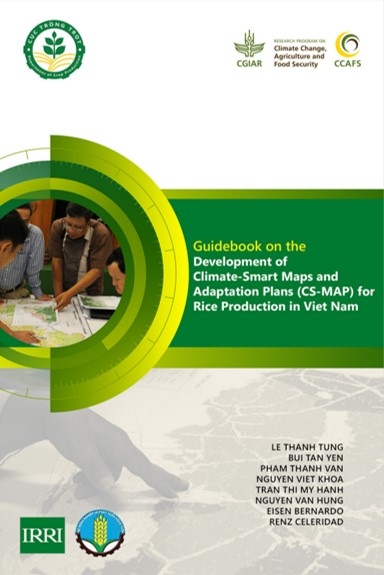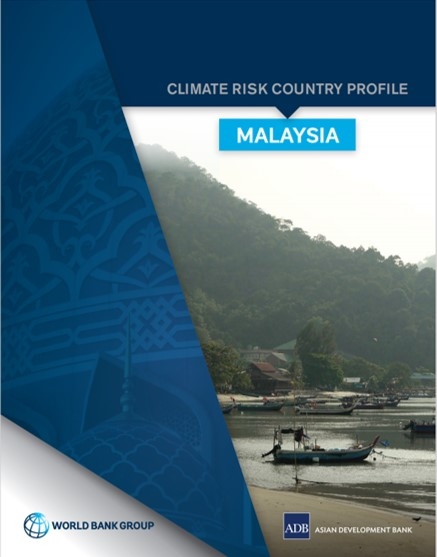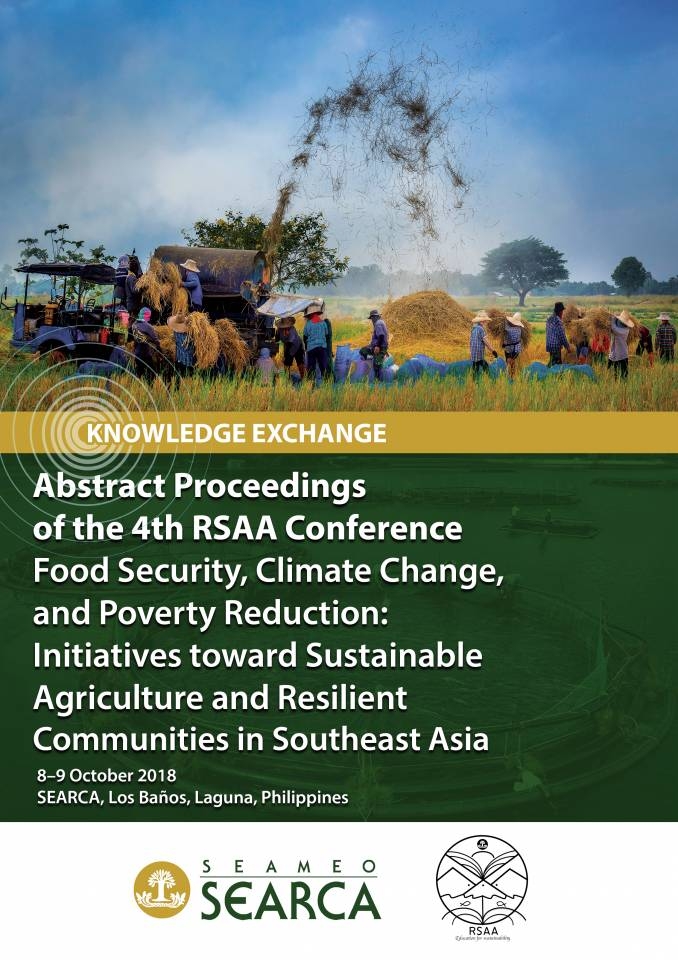Publications
This contains experience notes, adaptation notes, policy briefs, policy papers, technical reports, stories on good practices, and other publications related to climate change adaptation and mitigation in Southeast Asia not just from SEARCA, but also from KC3's partners and other agencies/institutions.
Issues related to demand on deeper understanding on climate change adaptation ability, inadequate number of social studies, and the lack of studies on specific groups have prompted this study to assess the adaptation toward climate change among islanders small-scale fishermen (ISFM) in Malaysia. At the same time, it also intends to identify and rank order the aspect of adaptation abilities among ISFM in different areas/zones and to match the recommendation for the periodical remedial measure based on a different aspect of adaptation abilities. A…
In rural developing areas, women are considered as the main consumers of water—whether it be for cooking, drinking, washing, bathing, sanitation, or family hygiene at the local level (Aureli and Brelet 2004; Harris et al. 2017; Ivens 2008). Furthermore, a case study in Bangladesh indicated that women regularly use water for domestic purposes, farming, and other daily sustenance activities. As a result, women are likely to face a higher exposure to water-related pollution issues and waterborne diseases (UN Water 2006).…
This report is part of an overarching project developed in collaboration with the COP26 Universities Network and the British High Commission. The COP26 Universities Network is a growing group of over 80 UK-based universities working together to help deliver an ambitious outcome at COP26 and beyond. In this first ever collaboration of its kind, the network has brought together top researchers and academic figures from the UK and Singapore to publish a series of four reports aimed at supporting policy…
IFAD’s ASAP projects in Asia and the Pacific region offer a host of valuable lessons that can beapplied in the design and implementation of other climate change adaptation projects targeting smallholder farmers and rural communities around the world. This study examines six projects, in three principal ecosystems of the region: a mountainous region, wetlands and a river delta. It derived four main recommendations for improving the design and effectiveness of adaptation projects both in the region and elsewhere.
If the Sustainable Development Goals (SDGs) are to be achieved by the 2030 target, the risks posed by human-induced climate change must be understood and addressed. The World Meteorological Organization has published a new report on ***Climate Indicators and Sustainable Development: Demonstrating the Interconnections. ***Its release coincides with the United Nations General Assembly annual session and the opening on 22 September of the SDG Action Zone, which is dedicated to accelerating action on the SDGs. The aim of the WMO report…
Extreme weather and climate change impacts across Asia in 2020 caused the loss of life of thousands of people, displaced millions of others and cost hundreds of billions of dollars, while wreaking a heavy toll on infrastructure and ecosystems. Sustainable development is threatened, with food and water insecurity, health risks and environmental degradation on the rise, according to a new multi-agency report coordinated by the World Meteorological Organization (WMO). The State of the Climate in Asia 2020 provides an overview of…
This guidebook explains how to develop and implement the Climate-Smart Map and Adaptation Plan (CS-MAP). Using participatory tools, CS-MAP serves as a guide for local communities to develop their own risk maps and adaptive plans, which cater to their respective local contexts. The five key steps to develop the CS-MAP are: (1) define climate-related risks; (2) define the border of risk extents; (3) recommend adaptation plans; (4) modify climate-smart maps and adaptation plans; and (5) integrate outcomes at the sub-regional…
The Upper Ma River basin located in Son La and Dien Bien provinces in the northwestern region of Vietnam has a total area of 6,688 km2. It is a typical river basin in Vietnam, a transboundary with variable flow regime and topography, and has high population pressure in its mountainous region. It is also considered as one of the most disaster-prone regions, suffering from typhoons, tropical storms, drought, landslides, soil erosion, and forest fires. In the study area, land use…
It outlines rapid onset and long-term changes in key climate parameters, as well as the impact of these changes on communities, livelihoods, and economies—many of which are already underway. The publication is part of a series of climate risk country profiles published jointly by ADB and the World Bank Group. The aim of the series is to provide development practitioners with easy-to-use technical resources to facilitate upstream country diagnostics, policy dialogue, and strategic planning.

